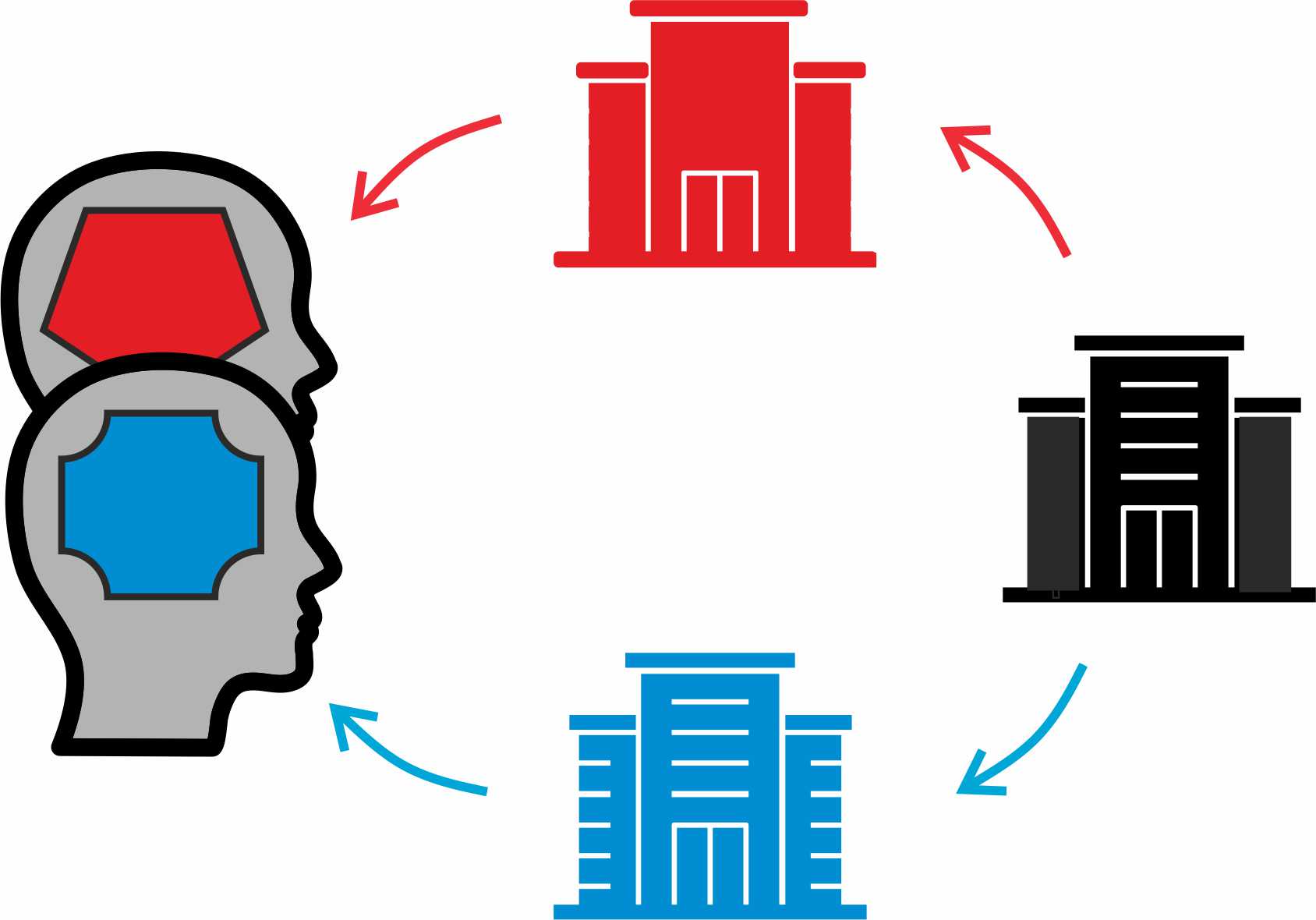New publication: Autism Spectrum Condition and the Built Environment: New Perspectives on Place Attachment and Cultural Heritage
News | Posted on Monday 13 January 2020
Research undertaken by John Schofield with Penny Spikins and Callum Scott in the University of York's Archaeology Department and Barry Wright from Health Sciences has shown how people with autism form different types of attachment towards buildings and places and create and respond to heritage values in different ways to neurotypical people

The research, published in the latest issue of The Historic Environment: Policy and Practice (https://www.tandfonline.com/doi/full/10.1080/17567505.2020.1699638 ) uses statistical analysis of the results of a survey of 760 people to demonstrate how people with autism (believed to comprise up to 2% of the population) respond to the built environment around them.
Results show significant variations in the degree to which people engage with heritage activities, the values people attach to buildings, and people's attitudes towards change. In summary, the results show that differing perceptions of individuals with autism affects the significance of the built environment in their lives, and the value which they attach to particular buildings, particularly to their construction and architectural elements. However as a group, such individuals are less likely to visit heritage locations. We therefore conclude that the heritage sector may be failing to fully accommodate the different interests of this particular group and to recognise the significance of local buildings and the management of change to individuals with autism.
Schofield, J., Scott, C., Spikins, P., & Wright, B. (2020). Autism Spectrum Condition and the Built Environment: New Perspectives on Place Attachment and Cultural Heritage. The Historic Environment: Policy & Practice, 1–28.